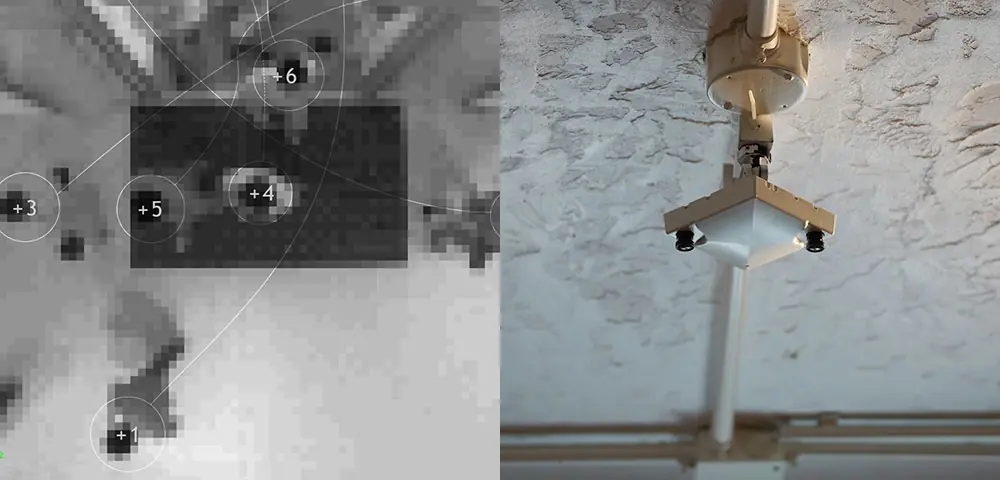Process

Through copious interviews with RCTJ employees, we got to know the pros and cons of the program we were tasked with reinventing ("Rainbow"). We learned that Rainbow consisted of three disparate systems: an analytics view, a customization module, and a back office application to connect the two. According to users, Rainbow's setup process was extra cumbersome. Onboarding specialists could spend months customizing the software for clients, manually entering the dimensions of multilevel properties, plus all their nooks and crannies. With this input, we assessed what features were essential, what essential features were lacking, and how we could consolidate functionalities for a streamlined experience.
Given the software's purpose—to accurately reflect a physical location, and activity therein—we studied spatial visualization modes common in urban design and architecture to redesign the front–end interface. We also came up with a brand new, original feature to convey hour–by–hour data and trends over time: a "Heat Sensor" or circular design reminiscent of a clock face.
In order to renovate Rainbow, we had to reverse–engineer it—a complicated process, given code was written in Japanese. Our engineers worked with translators to decode the characters and preserve the software's foundation.


